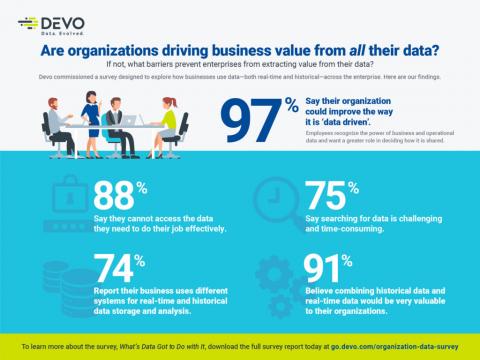Experience integration flexibility and control with "Add by Groups"
At Egnyte, we love building new ways to help our customers use and deploy integrations within their organization. But as an organization grows, they might need more flexibility and control over which employees use which integration.








